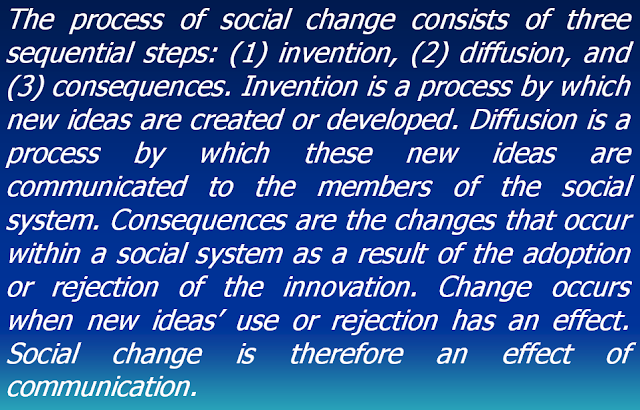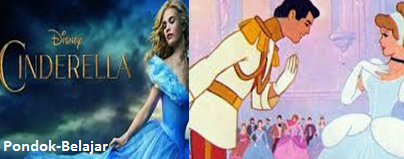Banyak sekali manfaat daun sirih untuk kesehatan dan kebugaran
tubuh kita. namun sayang sekali dimasa sekarang kita sering mengabaikan
khasiat-khasiat yang terkandung dari obat alami yang secara turun menurun sudah
digunakan oleh nenek monyang kita dulu. Sekarang jika kita sedang sakit, kita
lebih memilih berobat kedokter atau membeli obat keapotek. Padahal,
dilingkungan sekitar kita banyak tumbuh-tumbuhan yang sangat bermanfaat bagi
kesehatan kita dan bisa menjadi obat penawar sakit. Daun sirih sejenis tanaman
merambat, biasanya daun ini sering dimakan dan dikunyah dengan pinang dan
dicampurkan sedikit kapur. Disamping itu kadang kadang daun sirih ini
sering digunakan sebagai obat, untuk sakit mata dan kekuatan gigi. Jadi
walalupun sudah tua gigi mereka masih tetap kuat.
 |
| Manfaat Daun Sirih |
(Baca Manfaat Buah Manggis Untuk Kesehatan)
(Baca Manfaat Daun Sukun Untuk Kesehatan)
kalau kita membedakan jenis sirih maka kita bisa mengkatagorikan
dalam dua katagori yaitu sirih hijau dan sirih merah. Daun sirih memiliki
rasa dan aroma khas, yaitu rasa pedas dan bau yang tajam. Rasa dan aroma ini
disebabkan dari kavikol dan bethel phenol dalam minyak asitri yang terkandung
dalam daun sirih. Selain itu juga, rasa dan aroma ini juga dipengaruhi oleh
jenis sirih itu sendiri, umur tanaman, jumlah intensitas sinar matahari yang
sampai kebagian daun, serta kondisi dari daun. Secara umum, daun sirih mengandung
minyak asitriyang berisikan senyawa kimia seperti fenol serta
senyawa turunannya antara lainkavikol, kavibetol, eugenol, karvacol, danalli
pyrocatechol. Kandungan daun sirih lainnya yaitu karoren,
asamnikotinat, riboflavin, tiamin, vitamin C, gula, tannin, patindanasam amino.
(Baca Empat Kiat Alami Tuntaskan Lemak Dalam Tubuh Kita)
(Baca Empat Kiat Alami Tuntaskan Lemak Dalam Tubuh Kita)
Dari dasar pemahaman nenek monyak kita dulu maka meraka banyak
mengunakan daun sirih ini untuk beberap jenis penyakit tertentu diantaranya
adalah:
Menghilangkan aroma kurang sedap pada mulut: 4
lembar daun sirih,diseduh air panas, tunggu sekitar 1 jam. Gunakan sebagai obat
kumur.
Mengobati pendarahan pada hidung/mimisan: dengan
mengunakan 1 lembar daun sirih agak muda dilumatkan , gulung sambil ditekan
sehingga keluar minyaknya. Gunakan untuk menyumbat hidung yang mimisan.
Mengurangi air ASI yang berlebihan: ambil
daun sirih secukupnya, lalu olesi denga nminya kkelapa, panaskan diatas api
sampai layu, hangat-hangat tempelkan diseputar payudara yang bengkak.
Sebagai obat batuk: dengan merebus 15
lembar daun sirih dengan tiga gelas air sampai tersisa ¾ air. Minum air rebusan
tersebut dengan menambahkan satu sendok madu. Lakukan hingga batuk hilang.
Sebagai obat bronchitis: biasanya
mengunakan daun
sirih sebanyak 7 lembar, gula batu satu potong direbus dengan 2 gelas air
sampai tersisa satu gelas. Minum sepertiga gelas dengan aturan 3 x sehari.
Sebagai obat luka bakar: caranya dengan menggunakan peras daun sirih
secukupnya, tambahkan madu sedikit, lalu bubuhkan pada bagian kulit
tubuh yang luka akibat terbakar.
Mengobati sariawan: 2 lembar daun sirih
segar dicuci, lalu kunyah sampai lumat oleh mulu tanda. Buang ampasnya.
Menghilangkan bau badan: dengan merebus 5 lembar
daun sirih dengan 2 gelas air sampai menjadi 1 gls, minum secara rutin tiap
hari.
Mengobati bisul: dengan mencuci daun sirih
secukupnya, giling hingga halus, lalu bubuhkan pada bisul dan sekelilingnya.
Kemudian dibalut. Lakukan 2x sehari.
Obat jerawat: dengan
menumbuk 10 lembar daun sirih hingga halus, Seduh dengan dua gelas air panas.
Setelah dingin, gunakan air seduhan tersebut untuk mencuci muka. Lakukan sehari
2 sampai 3 kali.
Mengobati keputihan: dengan merebus 10
lembar daun sirih menggunakan 2,5 liter air, angkat, gunakan untuk mencuci
bagian kemaluan pada kondisi air hangat .
Mengobati diare: dengan menggunakan 6
lembar daun sirih, 6 biji lada, 1 sdm minyak kelapa. Tumbuk semua bahan sampai
halus, gunakan sebagai obat gosok pada bagian perut.
Daun Sirih yang Digunakan sebagai Pembersih Daerah Kewanitaan: dengan rebus daun
sirih secukupnya menggunakan 1 gelas air hingga mendidih. Setelah air rebusan
dingin lalu diminum, sebaiknya diminum 1x sehari .
Mengatasi mata merah dan gatal: dengan rebus 6
lembar daun sirih menggunakan 1 gelas air hingga mendidih. Setelah air rebusan
dingin, gunakan untuk mencuci mata. Lakukan 3x sehari sampai mata sembuh.












